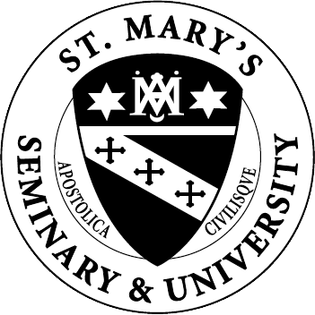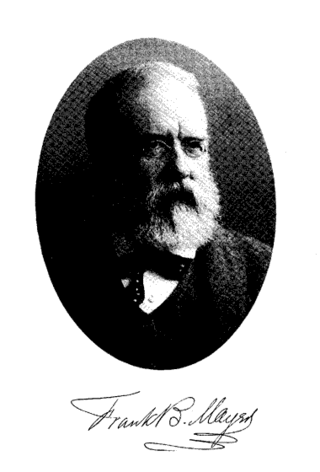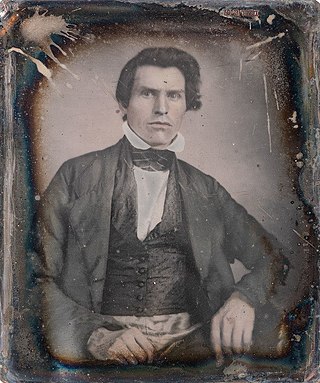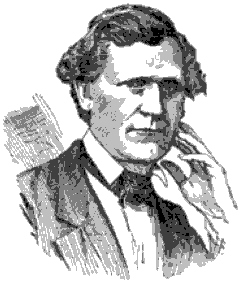
John Fiske was an American philosopher and historian. He was heavily influenced by Herbert Spencer and applied Spencer's concepts of evolution to his own writings on linguistics, philosophy, religion, and history.

Charles Carroll, known as Charles Carroll of Carrollton or Charles Carroll III, was an American politician, planter, and signatory of the Declaration of Independence. He was the only Catholic signatory of the Declaration and the longest surviving, dying 56 years after its signing.

Spencer Fullerton Baird was an American naturalist, ornithologist, ichthyologist, herpetologist, and museum curator. Baird was the first curator to be named at the Smithsonian Institution. He eventually served as assistant Secretary of the Smithsonian from 1850 to 1878, and as Secretary from 1878 until 1887. He was dedicated to expanding the natural history collections of the Smithsonian which he increased from 6,000 specimens in 1850 to over 2 million by the time of his death. He also served as the U.S. Commissioner of Fish and Fisheries from 1871 to 1887 and published over 1,000 works during his lifetime.

Cornelius Conway Felton was an American educator. He was regent of the Smithsonian Institution, as well as professor of Greek literature and president of Harvard University.

Jared Sparks was an American historian, educator, and Unitarian minister. He served as President of Harvard College from 1849 to 1853.

St. Mary's Seminary and University is a Catholic seminary located within the Archdiocese of Baltimore in Baltimore, Maryland; it was the first seminary founded in the United States after the Revolution and has been run since its founding by the Society of the Priests of Saint Sulpice.

Peter Frederick Rothermel was an American painter.

Jeremiah Mason was a United States senator from New Hampshire.

William Henry Rinehart was a noted American sculptor. He is considered "the last important American sculptor to work in the classical style."

Jesse Appleton was the second president of Bowdoin College and the father of First Lady Jane Pierce.

Francis Blackwell Mayer was a prominent 19th-century American genre painter from Maryland. While he spent most of his life in that state, he took a trip to the western frontier in the mid-nineteenth century and executed a series of drawings of Native Americans; he also studied in Paris for five years in the 1860s.

Henry Fitz Jr. was an American engineer, scientist, locksmith, optician, inventor and a pioneer of photography in the United States.

Edwin Hamilton Davis was an American physician and self taught archaeologist who completed pioneering investigations of the mound builders in the Mississippi Valley. Davis gathered what, at that time, was the largest privately held collection of prehistoric Indian artifacts in the United States.

Charles Whittlesey was a soldier, geologist, historian, and an investigator of mounds relics of the United States. He is described by Ephraim George Squier and Edwin Hamilton Davis in their book Ancient Monuments of the Mississippi Valley as a "zealous investigator" in the field of "American antiquarian research."

Theron Metcalf was an American attorney and politician from Massachusetts. He was a New England jurist and served as an associate justice of the Massachusetts Supreme Judicial Court.
Charles Rau was an American archaeologist. He was a curator at the Smithsonian for more than a decade.

Alfred Marshall Mayer was an American physicist.

John Thomas Scharf was an American historian, author, journalist, antiquarian, politician, lawyer and Confederate States of America soldier and sailor. He is best known for his published historical works. Modern historians and researchers cite his comprehensive histories as primary source materials.
Lewis Brantz was a trader in Baltimore, Maryland; a ship captain; and the first president of the Baltimore and Port Deposit Railroad, part of the first rail link between Philadelphia and points south.

Charles Frederick Mayer (1795-1864) was an American lawyer, Maryland state senator, and railroad director.

















